| Description |
Mocos y Cristales
5th Open Day: 'Shaping the Knowledge'
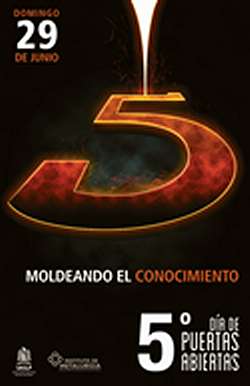 As every year on the last Sunday in June (this year June 29th), the Institute of Metallurgy of the Autonomous University of San Luis Potosí, Mexico held the 5th edition of its Open House Day: an event that brings together researchers and students eager to show to the public - children and adults - that science can be fun and that they can get involved with it at any age. As every year on the last Sunday in June (this year June 29th), the Institute of Metallurgy of the Autonomous University of San Luis Potosí, Mexico held the 5th edition of its Open House Day: an event that brings together researchers and students eager to show to the public - children and adults - that science can be fun and that they can get involved with it at any age.
On this occasion, commemorating the International Year of Crystallography, students of the Master of Metallurgy and Materials Engineering course, coordinated by Dr Jorge García Rocha, held a workshop entitled "Boogers and Crystals". This was directed at children aged 5 and older, where they learned the characteristics of crystals, and the difference between a crystalline solid and an amorphous solid. In order to do that, four "hands-on" experiments were designed.
Introduction
The introduction to the subject took the form of several activities designed to explain crystal atomic structures. The children were involved in role playing as atoms and were instructed by Professor Cristalonio to form a row; from this, it was explained how crystals have periodic lattice structures. Then they were told to start moving around, to explain how amorphous solids have a disordered lattice structure. Professor Cristalonio helped the children to gain a better understanding of crystal structures and the differences between them and amorphous solids by using colloquial language.
Activity 1
Amorphous solids were explained with two different experiments, namely fake glass and "boogers" (dried nasal mucus). The fake glass, made of sugar, was shown to the children and they were allowed to break it. The boogers experiment was used to explain the structure of polymers, and for this purpose the children were allowed to play with colored slime.
Activity 2
The nature of crystalline solids was explained using two experiments, namely the geode egg and instant ice. Geode eggs were made previously using alum crystals and eggshells. Then it was explained how crystals grow, with details of their growth structure. Crystalline solids grow by the repetition in space of an elementary structure called a unit cell; depending on the lattice parameters, i.e. the length of the sides or the axes of the unit-cell angles, there are seven different crystal systems: cubic, tetragonal, orthorhombic, hexagonal, rhombohedral, monoclinic and triclinic.
The instant ice experiment was performed using a supersaturated solution of sodium acetate (NaC2H3O2.3H2O), and the children were shown how it crystallizes and looks like ice instantly. Also the concept of endothermic and exothermic reactions was explained. The first one absorbs energy and the second one releases energy. At the end of the experiment, the children were allowed to touch the instant ice and feel how hot it was, instead of the cold or room temperature that might have been expected.
After the experiments, the children were able to observe closely the crystals, some representations of the crystal structures and the results of the experiments. They were also asked some questions to win a prize and were left to play with the boogers (colored slime) at the end of the activities. We definitely were able to achieve our goal of attracting not only children and young people, but also their parents who showed great interest and learned to play as children!
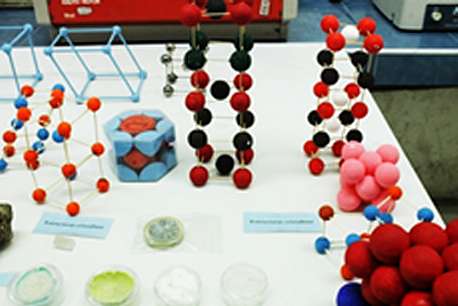 |
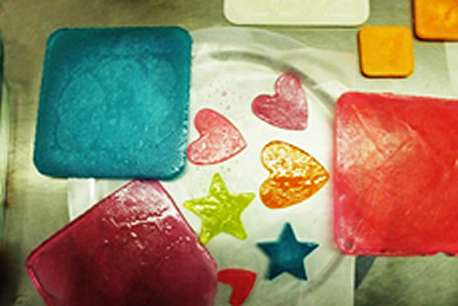 |
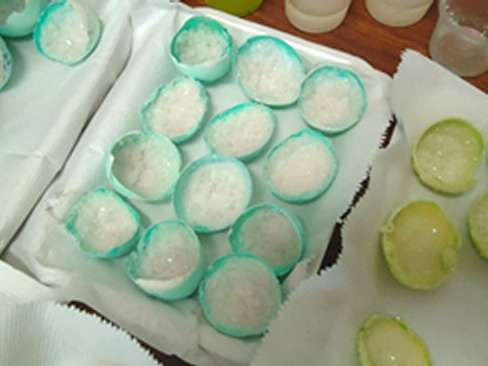 |
| Fake sugar glass |
Crystalline structure models |
Geode eggs |
 |
 |
 |
| Instant Ice |
"Professor Cristalonio" |
The Mocos y Cristales work team: Ramiro Orta, Ricardo Barredas, Professor Cristalonio (Senuel Vázquez), Angélica Lara and Jorge García. |
|
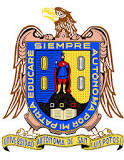









 As every year on the last Sunday in June (this year June 29th), the Institute of Metallurgy of the Autonomous University of San Luis Potosí, Mexico held the 5th edition of its Open House Day: an event that brings together researchers and students eager to show to the public - children and adults - that science can be fun and that they can get involved with it at any age.
As every year on the last Sunday in June (this year June 29th), the Institute of Metallurgy of the Autonomous University of San Luis Potosí, Mexico held the 5th edition of its Open House Day: an event that brings together researchers and students eager to show to the public - children and adults - that science can be fun and that they can get involved with it at any age.